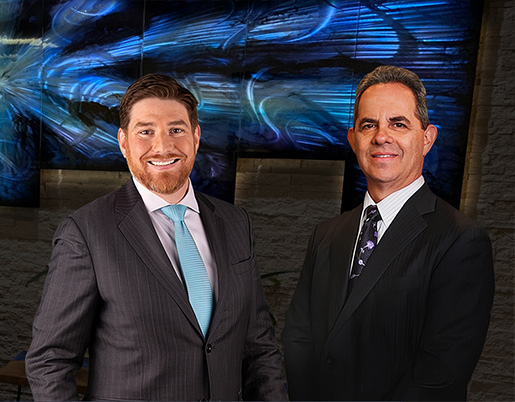A small number of 2014 FJ Cruiser owners will be notified by Toyota to return to their dealership for a problem affecting the steering system. According to reports, a joint in the intermediate shaft may have received an inadequate weld due to improperly maintained welding equipment at the supplier. If the vehicle is continuously operated in this condition, the weld could separate, resulting in complete loss of steering control and an increased risk of an accident. Continue reading
Category Archives: Lemon Alert
Dodge Durango & Jeep Grand Cherokee Fuel Pump Failure
A defect affecting certain 2012-2013 Dodge Durango and 2012-2013 Jeep Grand Cherokee SUV’s, will have 338,216 vehicle owners returning to their dealership for repairs. According to reports filed with the NHTSA, excessive heat could deform a contact spring within the Totally Integrated Power Module (TIPM) resulting in failure of the fuel pump relay. Drivers may experience stalling, difficult starting, and an eventual no start condition. Continue reading
2014 Chevy Impala Overheating Brakes
A defect affecting certain 2014 Chevrolet Impala cars will have over one thousand owners returning to their dealerships a second time for repairs. According to reports, some Impala’s repaired under recall 14V-541 may have existing electronic parking brake software that will cause the brake pads to stay partially engaged with the rotor. The driver may experience poor vehicle acceleration, undesired deceleration, excessive brake heat, and premature wear to some brake components. (The park brake indicator may not illuminate even though the parking brake is engaged.) Continue reading
2014 Jeep Grand Cherokee Repeated Safety Defects
If you are the owner of a 2014 Jeep Grand Cherokee, you are probably aware of the repeated problems experienced by many drivers. With over four hundred complaints and eight recalls, this model year Grand Cherokee has gained a reputation as a lemon vehicle. Airbag, electrical, electronic stability control (ECS), vehicle speed control, and brake problems have been blamed for unsafe driving conditions and accidents on several occasions. Continue reading
2015 Chrysler 200 Unexpected Roll-Away
During the manufacturing of the 9 speed automatic transmission of some 2015 Chrysler 200‘s, it is possible that contaminants may have gotten into the parking pawl and/or the park rod may have been broken and dislodged. The problem could result in unintended vehicle movement even though the key has been removed and the shift indicator is in “Park”. Continue reading
Land Rover Range Rover OCS Misclassification
A safety defect in certain 2013-2015 Land Rover Range Rover vehicles could result in the Occupant Classification System (OCS) not functioning correctly at all times. According to reports filed with the NHTSA, when the vehicle is driven on a very smooth surface for an extended period of time, a light weight adult passenger could be misclassified by the system. In the event of an accident, the passenger may not be protected by the Supplementary Restrain System (SRS). Vehicles experiencing this problem will alert drivers with an illuminated “Passenger Airbag OFF” lamp. Continue reading
2013 Dodge Charger CA Lemon Law Buyback
Almost immediately after purchasing her 2013 Dodge Charger, a California resident was returning her vehicle to the manufacturer for repairs. She purchased the car in March 2013, had her first repair attempt in June 2013, and by August 2013, a Chrysler dealership had been given five (5) more opportunities to fix the vehicle. The Charger’s problems included a defective transmission control module which caused the vehicle to surge and hesitate, a defective torque converter, and a check engine light that would always illuminate. Continue reading
Mercedes-Benz Potential Engine Compartment Fire
Mercedes-Benz will be asking approximately 147, 000 C-Class and E-Class owners to return their vehicles to an approved dealer to repair a safety problem. Due to a cosmetic design change to the rubber seal mounted on the top edge of the secondary bulkhead in the engine compartment, the seal may not adhere correctly. The seal may temporarily stick to the engine hood when it is open and drop into the area between the engine ant the secondary bulkhead. The loose end could contact parts of the exhaust system, potentially causing a fire. Continue reading







